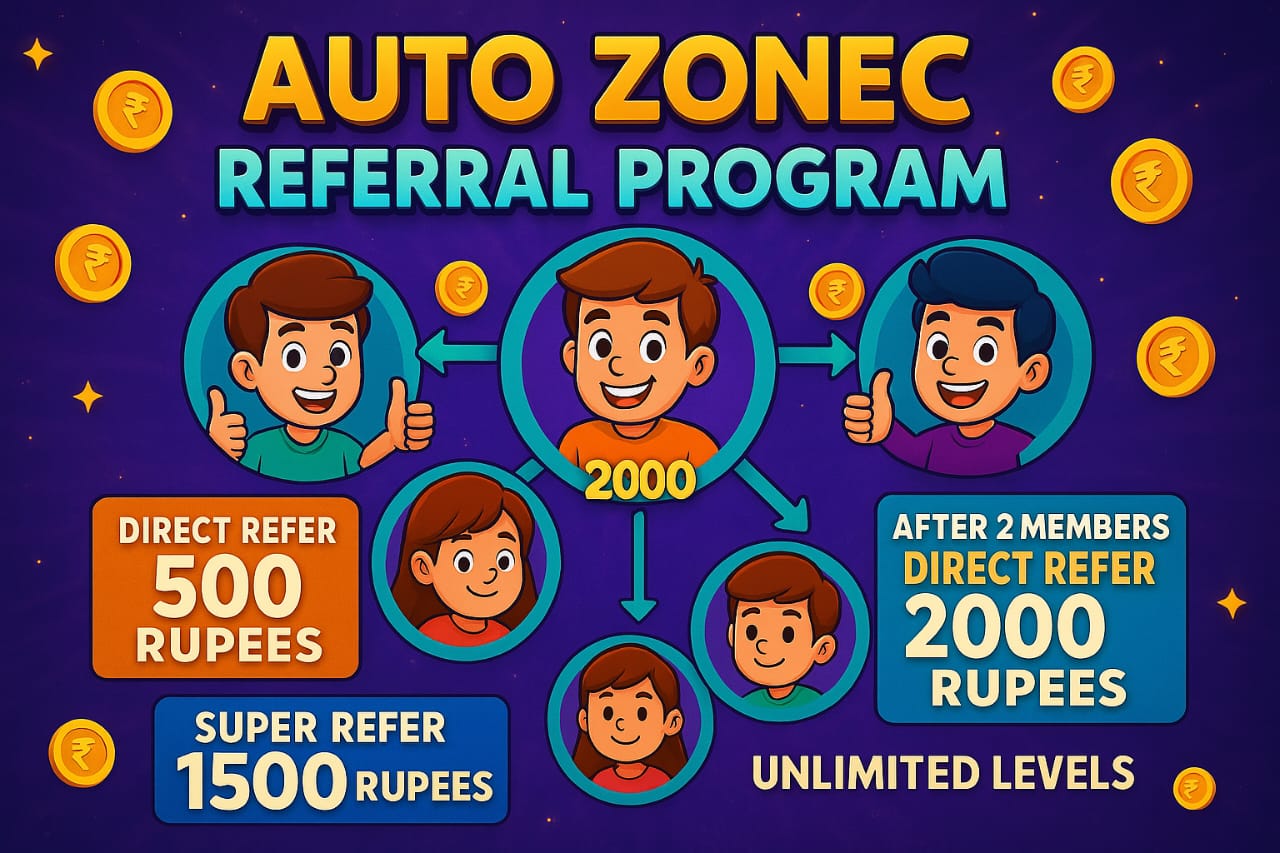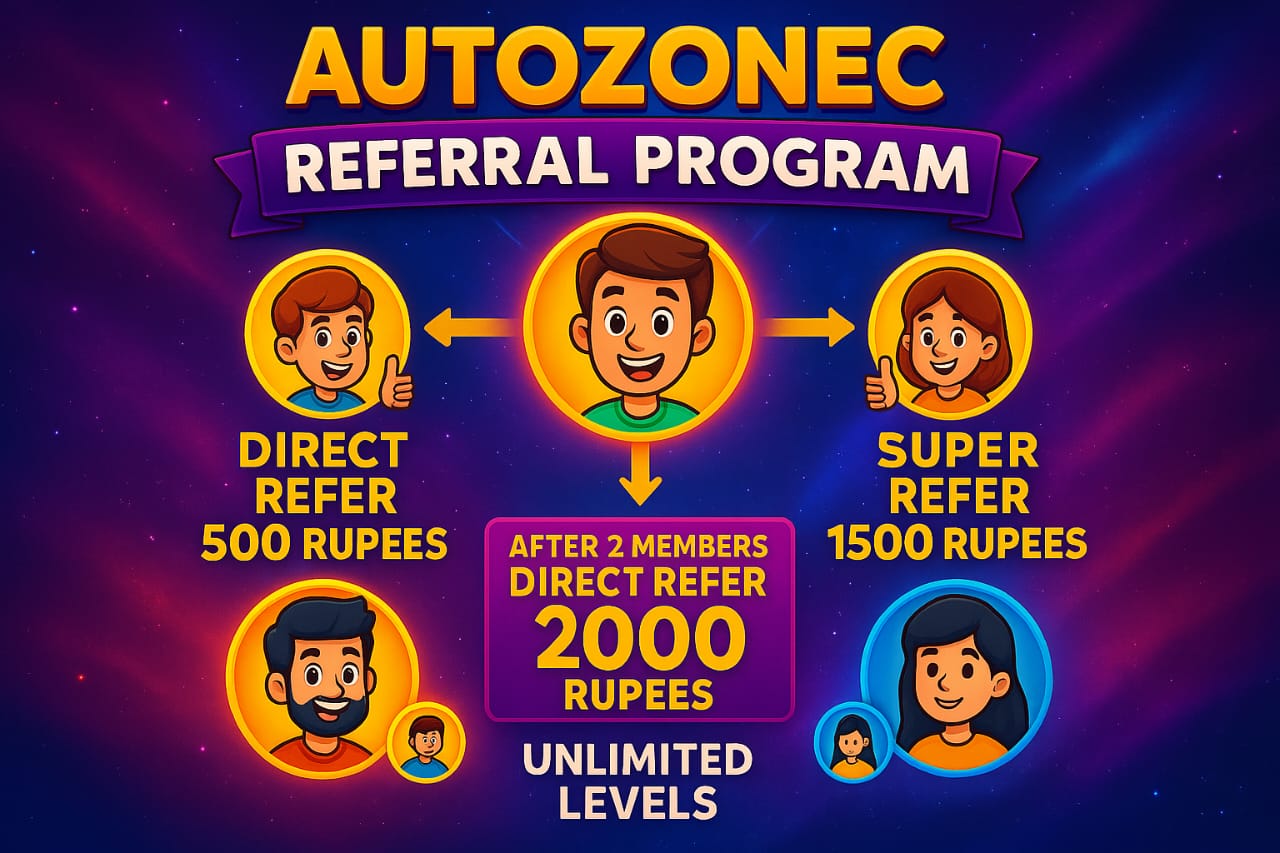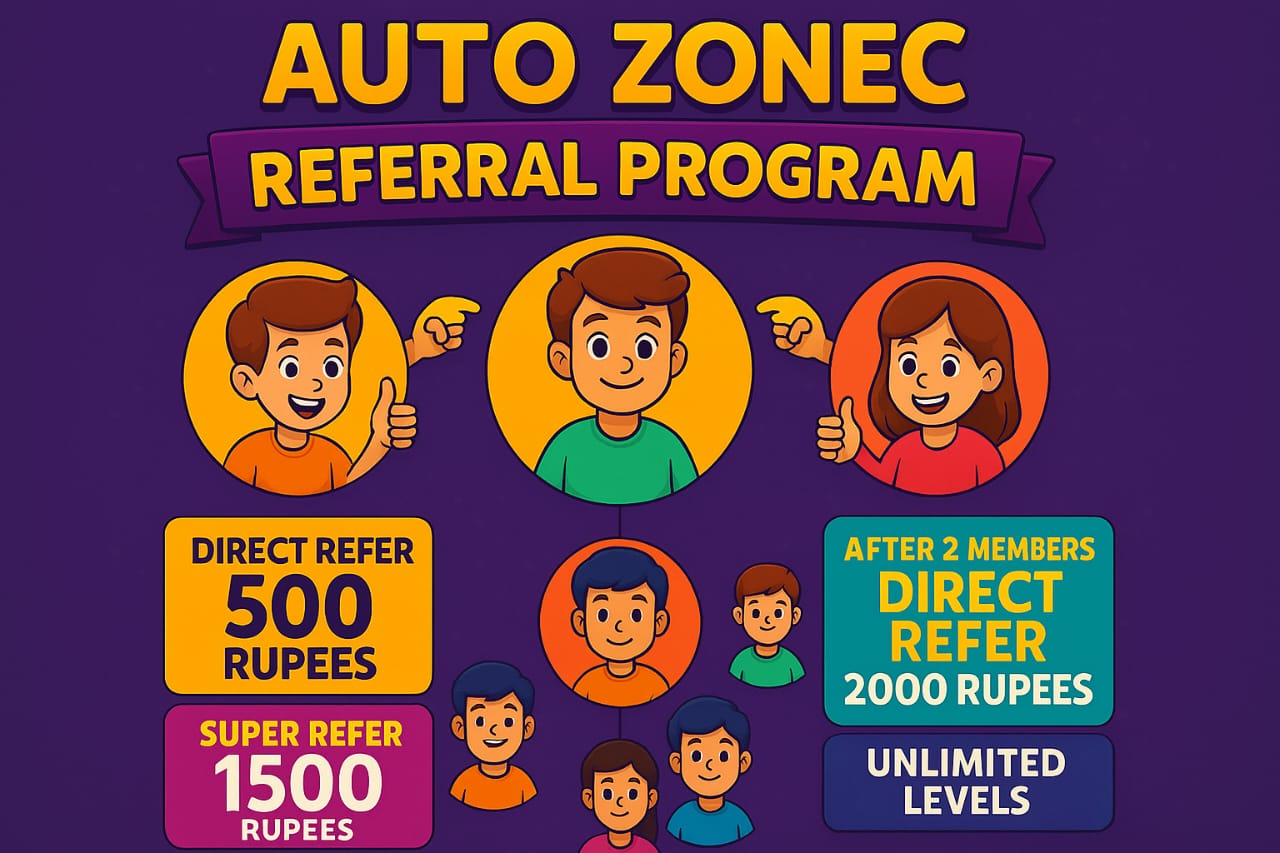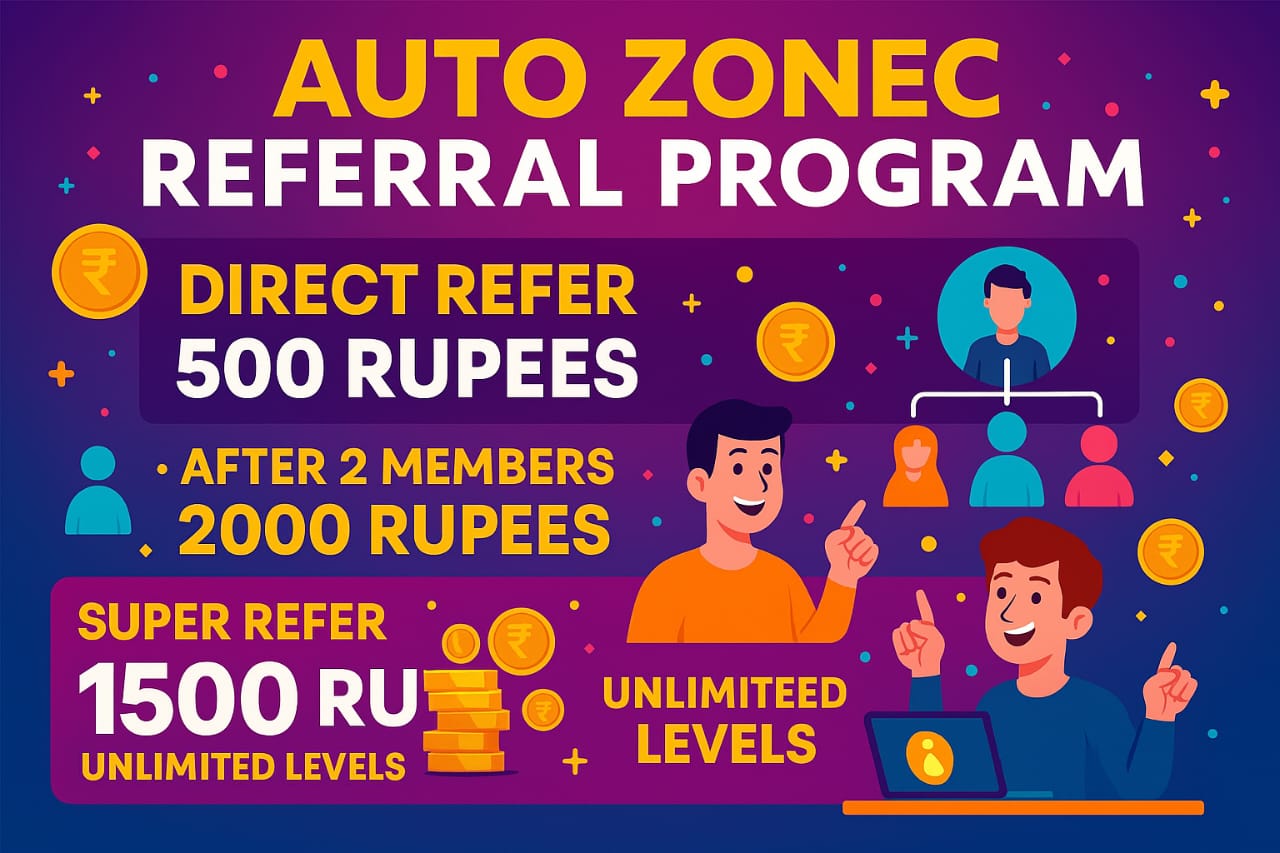
Classroom Revolution 2.0: Unleashing the Power of Virtual Learning and AI
SEO Description: "Discover how virtual classrooms and AI technology are transforming education in our latest article. Explore the benefits of this revolutionary approach to learning and stay ahead of the curve in the future of education."
Meta Keywords: Virtual classrooms Artificial intelligence in learning Education technology Online education E-learning Educational innovation Digital classrooms Remote learning Virtual learning environments AI in education Online teaching Distance learning Educational transformation Tech-driven education Virtual learning platforms Future of education AI tutors Virtual education tools Personalized learning Virtual classroom software AI in online education Digital learning resources Virtual education trends Education technology solutions Virtual reality in education
Revolutionizing Education: The Rise of Virtual Classrooms and AI in Learning
Introduction
In recent years, the education sector has witnessed a significant transformation with the integration of technology. Virtual classrooms and artificial intelligence (AI) are two of the key innovations that have revolutionized the way students learn and teachers teach. As traditional classrooms are gradually being replaced by virtual learning environments, the role of AI in education is becoming increasingly prominent.
This blog post will explore the rise of virtual classrooms and AI in learning, and how these technologies are reshaping the education landscape. We will discuss the benefits and challenges of virtual classrooms, the impact of AI on personalized learning, and the future of education in the digital age.
The Rise of Virtual Classrooms
What are Virtual Classrooms?
Virtual classrooms are online platforms that allow students and teachers to interact in real-time, regardless of their physical location. These platforms typically feature video conferencing, chat rooms, and interactive whiteboards, providing a virtual space for teaching and learning.
Benefits of Virtual Classrooms
- Accessibility: Virtual classrooms make education more accessible to students who are unable to attend traditional in-person classes due to various reasons, such as distance or physical disabilities.
- Flexibility: Virtual classrooms offer flexibility in terms of scheduling, allowing students to learn at their own pace and convenience. This is especially beneficial for working professionals or students with busy schedules.
- Cost-Effectiveness: Virtual classrooms eliminate the need for physical infrastructure, such as classrooms and transportation, reducing costs for both students and educational institutions.
- Global Reach: Virtual classrooms enable students to connect with educators and peers from around the world, fostering a diverse and inclusive learning environment.
Challenges of Virtual Classrooms
- Technical Issues: Virtual classrooms rely on stable internet connections and functioning devices, which can be a challenge in areas with limited access to technology or reliable internet services.
- Engagement: Keeping students engaged in a virtual setting can be challenging, as there are distractions and lack of face-to-face interactions that are present in traditional classrooms.
- Social Isolation: Virtual classrooms may lead to feelings of social isolation among students, as they lack the social interaction and peer-to-peer connections that are essential for holistic development.
The Benefits of Virtual Classrooms
Virtual classrooms offer a wide range of benefits for both students and educators. Here are some of the key advantages:
1. Flexibility
One of the biggest advantages of virtual classrooms is the flexibility they offer. Students can access lectures and course materials at any time that is convenient for them, allowing them to work at their own pace and fit their studies around other commitments such as work or family responsibilities.
2. Accessibility
Virtual classrooms also make education more accessible to a wider range of students. Those who may not have the ability to attend traditional classes due to geographical barriers, physical disabilities, or other reasons can still access high-quality education through virtual classrooms.
3. Personalized Learning
AI-powered virtual classrooms can also provide personalized learning experiences for students. By analyzing data on each student's performance and learning style, AI can tailor the curriculum to meet the individual needs of each student, helping them to learn more effectively and efficiently.
The Role of AI in Learning
Artificial intelligence is playing an increasingly important role in education, helping to revolutionize the way students learn and educators teach. Here are some of the key ways in which AI is being used in learning:
1. Personalized Learning Experiences
AI can analyze large amounts of data on each student's performance and learning style to create personalized learning experiences. This can help students to learn more effectively and efficiently, as the curriculum is tailored to meet their individual needs.
2. Automation of Routine Tasks
AI can also help to automate routine tasks such as grading assignments and providing feedback to students. This can save educators time and allow them to focus on more important aspects of teaching, such as creating engaging lesson plans and interacting with students.
3. Predictive Analytics
AI can also be used to analyze data on student performance and behavior to predict which students are at risk of falling behind or dropping out. This can help educators to intervene early and provide additional support to help these students succeed.
Conclusion
Virtual classrooms and AI are revolutionizing education, offering a wide range of benefits for both students and educators. By providing flexibility, accessibility, and personalized learning experiences, virtual classrooms are helping to make education more accessible and effective than ever before. Meanwhile, AI is helping to automate routine tasks, provide personalized learning experiences, and predict which students may need additional support. As technology continues to advance, the potential for virtual classrooms and AI in learning is truly limitless.
Revolutionizing Education: The Rise of Virtual Classrooms and AI in Learning
The Future of Education
In recent years, the education sector has witnessed a significant transformation with the rise of virtual classrooms and Artificial Intelligence (AI) in learning. These technological advancements have revolutionized the way students learn and educators teach, making education more accessible, interactive, and personalized.
Virtual Classrooms: Bridging the Gap
Virtual classrooms have emerged as a powerful tool in bridging the gap between traditional education and the digital age. With the help of video conferencing, online collaboration tools, and interactive whiteboards, students can now attend classes from anywhere in the world, breaking down geographical barriers and opening up a world of opportunities.
Virtual classrooms also offer a more flexible learning environment, allowing students to learn at their own pace and convenience. This personalized approach to education ensures that each student receives the individual attention they need to succeed, leading to better academic outcomes.
AI in Learning: Personalized Education
Artificial Intelligence has also played a significant role in revolutionizing education by providing personalized learning experiences to students. AI-powered algorithms analyze student data and behavior to create customized learning paths, tailored to each student's strengths, weaknesses, and learning style.
AI tutors can provide instant feedback, track student progress, and adapt the curriculum to meet the unique needs of each student. This personalized approach not only enhances student engagement but also improves retention and comprehension, leading to better academic performance.
The Benefits of Virtual Classrooms and AI in Education
Accessibility and Inclusivity
Virtual classrooms and AI in learning have made education more accessible and inclusive than ever before. Students from remote areas, those with disabilities, or those juggling work and family commitments can now access high-quality education from the comfort of their homes.
Engagement and Interactivity
Virtual classrooms and AI-powered tools have transformed passive learning into an interactive and engaging experience. Students can participate in virtual discussions, collaborative projects, and interactive simulations, making learning more dynamic and immersive.
Personalized Learning
One of the most significant benefits of virtual classrooms and AI in education is personalized learning. By catering to each student's individual needs and learning style, educators can ensure better academic outcomes and student success.
Conclusion
As we move towards a more digitalized world, the role of virtual classrooms and AI in education will continue to grow. These technological advancements are revolutionizing the way we learn and teach, making education more accessible, interactive, and personalized for students around the globe.
By embracing virtual classrooms and AI-powered tools, educators can create a more inclusive and engaging learning environment that caters to the unique needs of each student, ultimately leading to better academic outcomes and a brighter future for the next generation.
The Rise of Virtual Classrooms and AI in Learning Virtual classrooms and AI technology are revolutionizing the way we approach education. With the advancement of technology, students now have the opportunity to learn in a more personalized and interactive way. Let's explore some of the key benefits of virtual classrooms and AI in learning. Personalized Learning Experience One of the main advantages of virtual classrooms and AI technology is the ability to provide a personalized learning experience for each student. Through the use of AI algorithms, virtual classrooms can analyze each student's learning style, pace, and preferences to tailor the material to their individual needs. This helps students to learn at their own pace and in a way that best suits their learning style. Adaptive Learning AI technology also enables adaptive learning, where the content and difficulty level of the material adjust in real-time based on the student's performance. This ensures that students are constantly challenged and engaged, helping them to reach their full potential. Adaptive learning can also help to identify areas where students may be struggling and provide additional support and resources to help them succeed. Improved Collaboration and Communication Virtual classrooms provide a platform for students to collaborate and communicate with each other and their teachers in real-time. Through features such as chat, video conferencing, and discussion boards, students can engage in meaningful discussions, share ideas, and work together on group projects. This fosters a sense of community and collaboration, helping students to develop important social and communication skills. Access to a Global Learning Community Virtual classrooms also offer the opportunity for students to connect with peers and educators from around the world. This allows students to gain exposure to different perspectives, cultures, and ideas, broadening their horizons and enhancing their learning experience. By interacting with a global learning community, students can develop a greater understanding of the world and build valuable connections that can last a lifetime. Enhanced Teacher Support AI technology can also provide valuable support to teachers, helping them to better assess student progress, identify areas where students may be struggling, and provide targeted interventions to help students succeed. By automating routine tasks such as grading and lesson planning, teachers can focus more on providing personalized support and guidance to their students, leading to improved learning outcomes. Conclusion Virtual classrooms and AI technology are transforming the way we approach education, providing a more personalized, interactive, and engaging learning experience for students. With the ability to tailor material to individual learning styles, provide adaptive learning, foster collaboration and communication, connect students with a global learning community, and offer enhanced teacher support, virtual classrooms and AI are revolutionizing education and shaping the future of learning. As technology continues to advance, the possibilities for virtual classrooms and AI in education are limitless, offering exciting opportunities for students, educators, and institutions alike.Case Studies
1. Khan Academy
Khan Academy is a non-profit educational organization that provides free online resources covering a wide range of subjects. Their virtual classrooms have revolutionized the way students learn by offering personalized learning experiences. The platform uses AI algorithms to adapt to each student's learning pace and style, providing them with custom-tailored lessons and exercises.
2. Coursera
Coursera is an online learning platform that partners with universities and organizations to offer courses, specializations, and degrees. Their virtual classrooms enable students from around the world to access high-quality education at their own pace. The platform also uses AI to provide feedback and suggestions to students, helping them improve their learning outcomes.
Benefits of Virtual Classrooms and AI in Learning
1. Accessibility
Virtual classrooms make education accessible to students from all walks of life, regardless of their geographical location or financial status. AI-powered learning platforms can also provide personalized support to students with disabilities, making education more inclusive.
2. Flexibility
Virtual classrooms allow students to learn at their own pace and on their own schedule. This flexibility is especially beneficial for working professionals or students with busy schedules who may not be able to attend traditional classes.
3. Personalized Learning
AI algorithms can analyze each student's learning style and progress to provide personalized recommendations and feedback. This helps students stay engaged and motivated, leading to better learning outcomes.
4. Cost-Effective
Virtual classrooms eliminate the need for physical classrooms, textbooks, and other traditional learning materials, making education more cost-effective. This is especially beneficial for students in developing countries or those with limited financial resources.
Challenges and Future Directions
1. Digital Divide
One of the main challenges of virtual classrooms is the digital divide, where students from low-income households may not have access to the necessary technology or internet connection. Addressing this issue requires collaboration between governments, educational institutions, and technology companies.
2. Data Privacy
AI-powered learning platforms collect a vast amount of data on students' learning habits and performance. Ensuring the privacy and security of this data is crucial to maintaining trust between students and education providers.
3. Lifelong Learning
As technology continues to evolve, the need for lifelong learning becomes increasingly important. Virtual classrooms and AI can play a key role in providing continuous education and upskilling opportunities for workers in the digital age.
In conclusion, the rise of virtual classrooms and AI in learning is revolutionizing education by making it more accessible, flexible, and personalized. While there are challenges to overcome, the benefits of these technologies are clear, paving the way for a more inclusive and effective education system.
Classroom Revolution 2.0: Unleashing the Power of Virtual Learning and AI
Written by: wikibrand
Published on: April 29, 2025


















